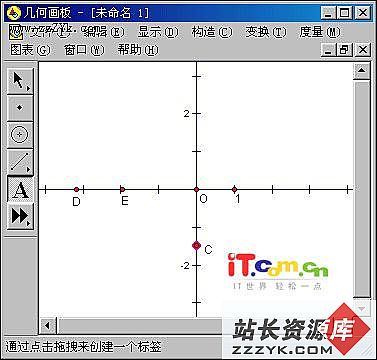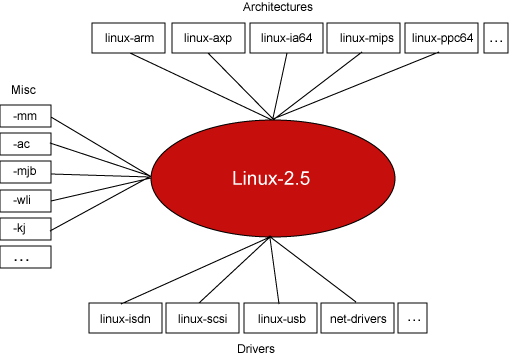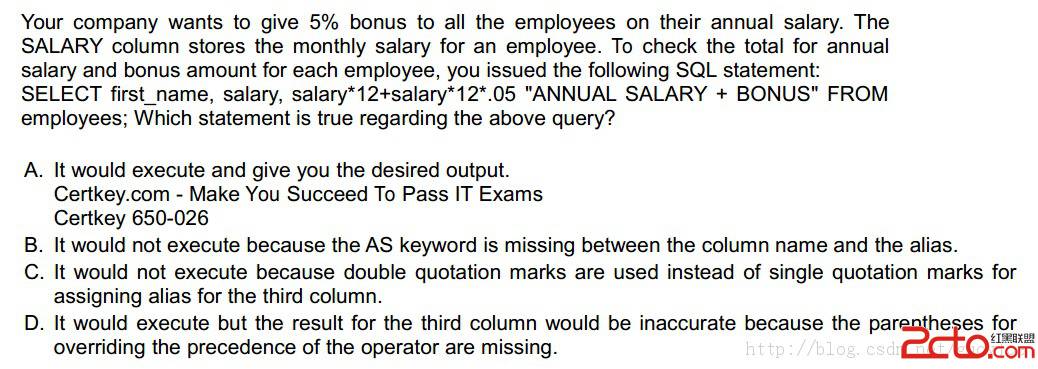嵌套循环连接(nested loops join)原理
嵌套循环连接(nested loops join)原理
访问次数:驱动表返回几条,被驱动表访问多少次。
驱动表是否有顺序:有。
是否要排序:否。
应用场景: 1.关联中有一个表比较小;
2.被关联表的关联字段上有索引;
3.索引的键值不应该重复率很高。
如果你做过开发,就把它看成两层嵌套的for循环。
下面我们来做个实验:
SQL> create table test1 as select * from dba_objects where rownum <=100;
SQL> create table test2 as select * from dba_objects where rownum <=1000;
SQL> exec dbms_stats.gather_table_stats(user,'test1');
SQL> exec dbms_stats.gather_table_stats(user,'test2');
SQL> alter session set statistics_level=all;
SQL> select /*+leading(t1) use_nl(t2)*/count(*)
2 from test1 t1, test2 t2
3 where t1.object_id = t2.object_id;
COUNT(*)
----------
100
SQL> select * from table(dbms_xplan.display_cursor(null,null,'allstats last'));
PLAN_TABLE_OUTPUT
---------------------------------------------------------------------------------------------------------
SQL_ID 3v5gu7ppdsz67, child number 0
-------------------------------------
select /*+leading(t1) use_nl(t2)*/count(*) from test1 t1, test2 t2 where
t1.object_id = t2.object_id
Plan hash value: 1459699139
----解释一下:
Starts为该sql执行的次数。
E-Rows为执行计划预计的行数。
A-Rows为实际返回的行数。A-Rows跟E-Rows做比较,就可以确定哪一步执行计划出了问题。
A-Time为每一步实际执行的时间(HH:MM:SS.FF),根据这一行可以知道该sql耗时在了哪个地方。
Buffers为每一步实际执行的逻辑读或一致性读。
Reads为物理读。
OMem、1Mem为执行所需的内存评估值,0Mem为最优执行模式所需内存的评估值,1Mem为one-pass模式所需内存的评估值。
0/1/M 为最优/one-pass/multipass执行的次数。
Used-Mem耗的内存
---------------------------------------------------------------------------------------
| Id | Operation | Name | Starts | E-Rows | A-Rows | A-Time | Buffers |
---------------------------------------------------------------------------------------
| 1 | SORT AGGREGATE | | 1 | 1 | 1 |00:00:00.01 | 1504 |
| 2 | NESTED LOOPS | | 1 | 100 | 100 |00:00:00.01 | 1504 |
| 3 | TABLE ACCESS FULL| TEST1 | 1 | 100 | 100 |00:00:00.01 | 4 |
|* 4 | TABLE ACCESS FULL| TEST2 | 100 | 1 | 100 |00:00:00.01 | 1500 |
---------------------------------------------------------------------------------------
Predicate Information (identified by operation id):
---------------------------------------------------
4 - filter("T1"."OBJECT_ID"="T2"."OBJECT_ID")
SQL> select /*+leading(t1) use_nl(t2)*/count(*)
2 from test1 t1, test2 t2
3 where t1.object_id = t2.object_id
4 and t1.object_id in (10, 11, 12);
COUNT(*)
----------
3
SQL> select * from table(dbms_xplan.display_cursor(null,null,'allstats last'));
PLAN_TABLE_OUTPUT
---------------------------------------------------------------------------------------------------------
SQL_ID 0skx6hyjtsncu, child number 0
-------------------------------------
select /*+leading(t1) use_nl(t2)*/count(*) from test1 t1, test2 t2 where
t1.object_id = t2.object_id and t1.object_id in (10, 11, 12)
---------------------------------------------------------------------------------------
| Id | Operation | Name | Starts | E-Rows | A-Rows | A-Time | Buffers |
---------------------------------------------------------------------------------------
| 1 | SORT AGGREGATE | | 1 | 1 | 1 |00:00:00.01 | 49 |
| 2 | NESTED LOOPS | | 1 | 3 | 3 |00:00:00.01 | 49 |
|* 3 | TABLE ACCESS FULL| TEST1 | 1 | 3 | 3 |00:00:00.01 | 4 |
|* 4 | TABLE ACCESS FULL| TEST2 | 3 | 1 | 3 |00:00:00.01 | 45 |
---------------------------------------------------------------------------------------
Predicate Information (identified by operation id):
---------------------------------------------------
3 - filter(("T1"."OBJECT_ID"=10 OR "T1"."OBJECT_ID"=11 OR
"T1"."OBJECT_ID"=12))
4 - filter((INTERNAL_FUNCTION("T2"."OBJECT_ID") AND
"T1"."OBJECT_ID"="T2"."OBJECT_ID"))
SQL> select /*+leading(t1) use_nl(t2)*/count(*)
2 from test1 t1, test2 t2
3 where t1.object_id = t2.object_id
4 and t1.object_id =10;
COUNT(*)
----------
1
SQL> select * from table(dbms_xplan.display_cursor(null,null,'allstats last'));
PLAN_TABLE_OUTPUT
---------------------------------------------------------------------------------------------------------
SQL_ID 24g0zhvczyf2h, child number 0
-------------------------------------
select /*+leading(t1) use_nl(t2)*/count(*) from test1 t1, test2 t2 where
t1.object_id = t2.object_id and t1.object_id =10
Plan hash value: 1459699139
---------------------------------------------------------------------------------------
| Id | Operation | Name | Starts | E-Rows | A-Rows | A-Time | Buffers |
---------------------------------------------------------------------------------------
| 1 | SORT AGGREGATE | | 1 | 1 | 1 |00:00:00.01 | 19 |
| 2 | NESTED LOOPS | | 1 | 1 | 1 |00:00:00.01 | 19 |
|* 3 | TABLE ACCESS FULL| TEST1 | 1 | 1 | 1 |00:00:00.01 | 4 |
|* 4 | TABLE ACCESS FULL| TEST2 | 1 | 1 | 1 |00:00:00.01 | 15 |
---------------------------------------------------------------------------------------
Predicate Information (identified by operation id):
---------------------------------------------------
3 - filter("T1"."OBJECT_ID"=10)
4 - filter("T2"."OBJECT_ID"=10)





